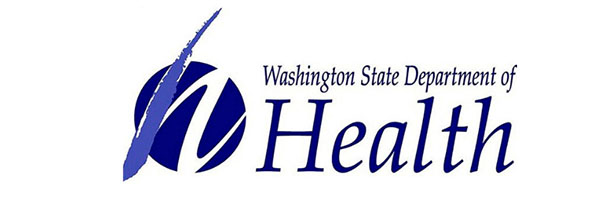||| from State Health Department |||
OLYMPIA — The Washington State Department of Health (DOH) today published new data related to COVID-19 case investigation and contact tracing efforts in Washington state. These data will now be available for the public to view via PDF and updated weekly.
Results are available by week, starting August 2, 2020. The most recent week available from August 30-September 5, 2020 shows that DOH reached:
- 49% of cases within 1 day of receiving a positive COVID-19 test result and
- 70% of a cases’ contacts within 2 days of receiving a positive COVID-19 test result
Today’s initial data represent the work done by DOH’s centralized pool of investigators. DOH is working with Local Health Jurisdictions to develop a system that will consistently collect data from all counties and enable reporting of statewide metrics.
Statewide, the shared goal is to reach 90% of cases and 80% of contacts, within 1 and 2 days respectively, of receiving a positive COVID-19 test result. These targets represent an ideal and we expect to see improvement over time as we refine our processes for successfully contacting people.
“While we expect our outcomes to improve over time, this initial data shows we have work to do,” said Secretary of Health John Wiesman. “I urge all Washingtonians to please answer or call back right away if you are contacted by public health. Your participation can stop the spread of COVID-19 and helps keep your families and communities safe.”
Case investigation and contact tracing are a key component of stopping the spread of COVID-19 in Washington State. Public health investigators call people who test positive for COVID-19 or have symptoms consistent with COVID-19, remind them to stay at home away from others (isolation) and determine who they have been in close contact with while they have been infectious. Investigators then call their close contacts, alert them they should be tested, help them understand possible symptoms, and encourage them to stay home and away from others so they do not spread the disease.
The most common barriers to reaching cases and contacts quickly include missing phone numbers or other contact information, as well as people who require additional follow-up due to an unanswered first call.
When people participate in case investigations and contact tracing; we can keep our family and loved ones safe. It is part of the path to getting people back to work, and safely getting our children back to school.
Case investigation and contact tracing are not new or experimental. These techniques have been used for decades by public health experts around to world to contain the spread of communicable diseases like Ebola, HIV and tuberculosis.
If you have questions about case investigations and contact tracing, please visit the DOH Frequently Asked Questions page on our website.
**If you are reading theOrcasonian for free, thank your fellow islanders. If you would like to support theOrcasonian CLICK HERE to set your modestly-priced, voluntary subscription. Otherwise, no worries; we’re happy to share with you.**








